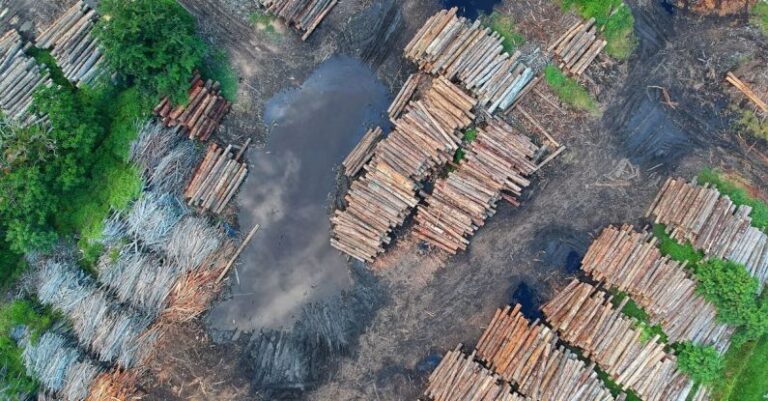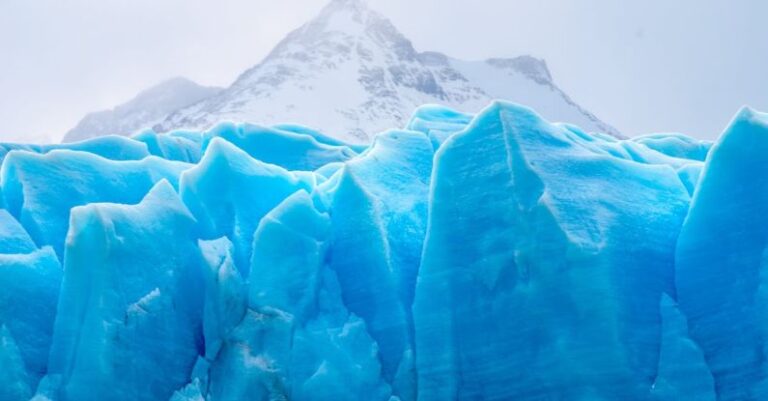
Rivers are powerful forces of nature that play a crucial role in shaping the land. From carving out canyons to depositing sediments, rivers have a significant impact on the Earth’s landscape. Understanding how rivers shape the land is essential for comprehending the geological processes that have shaped our planet over millions of years.
The Erosive Power of Rivers
Rivers are constantly eroding the land through the force of flowing water. As a river moves downstream, it picks up sediment and debris, gradually wearing away at the surrounding rock and soil. This erosion is particularly evident in areas with softer rock formations, where rivers can cut deep channels over time. The Grand Canyon in the United States is a prime example of the erosive power of rivers, as the Colorado River has carved out a breathtaking canyon over millions of years.
Formation of River Valleys
One of the most common landforms created by rivers is river valleys. As a river erodes the surrounding land, it carves out a channel that becomes deeper over time. The continuous erosion of the riverbanks results in the formation of steep valley walls on either side of the river. River valleys are not only visually striking but also serve as important habitats for a wide variety of plant and animal species.
Deposition of Sediments
While rivers are known for their erosive capabilities, they also play a crucial role in depositing sediments. As a river slows down, such as when it reaches a flat plain or enters a larger body of water like a lake or ocean, it loses the energy needed to transport sediment. This causes the river to deposit its load of sediment, creating features such as river deltas and alluvial plains. River deltas, like the Mississippi Delta in the United States, are formed when sediment is deposited at the mouth of a river, creating a fan-shaped landmass.
Impact on Ecosystems
Rivers not only shape the physical landscape but also have a profound impact on ecosystems. River ecosystems are incredibly diverse, providing habitats for a wide range of plant and animal species. The flowing water of rivers supports aquatic life, while the surrounding riparian zones are home to a variety of terrestrial species. Additionally, rivers play a crucial role in the water cycle, transporting nutrients and sediments that nourish downstream ecosystems.
Human Interaction and River Management
Throughout history, humans have relied on rivers for transportation, agriculture, and drinking water. However, human activities such as dam construction, urbanization, and pollution have had a significant impact on river ecosystems. Dams can disrupt natural river processes, leading to changes in sediment transport and water flow. Urbanization often results in increased runoff and pollutants entering rivers, affecting water quality and aquatic life. Sustainable river management practices are essential to ensure the health and longevity of these vital ecosystems.
The Future of Rivers and Landscapes
As the world continues to face environmental challenges such as climate change and habitat destruction, the future of rivers and landscapes is at stake. It is crucial to prioritize conservation efforts and sustainable management practices to protect these valuable natural resources. By understanding how rivers shape the land and the intricate relationships between rivers and ecosystems, we can work towards preserving these dynamic and essential components of our planet.
In conclusion, rivers are dynamic forces that play a vital role in shaping the land. From erosion and sediment deposition to the formation of river valleys and diverse ecosystems, rivers have a profound impact on the Earth’s landscape. By recognizing the importance of rivers and implementing effective conservation strategies, we can ensure the continued health and resilience of these essential natural systems.





